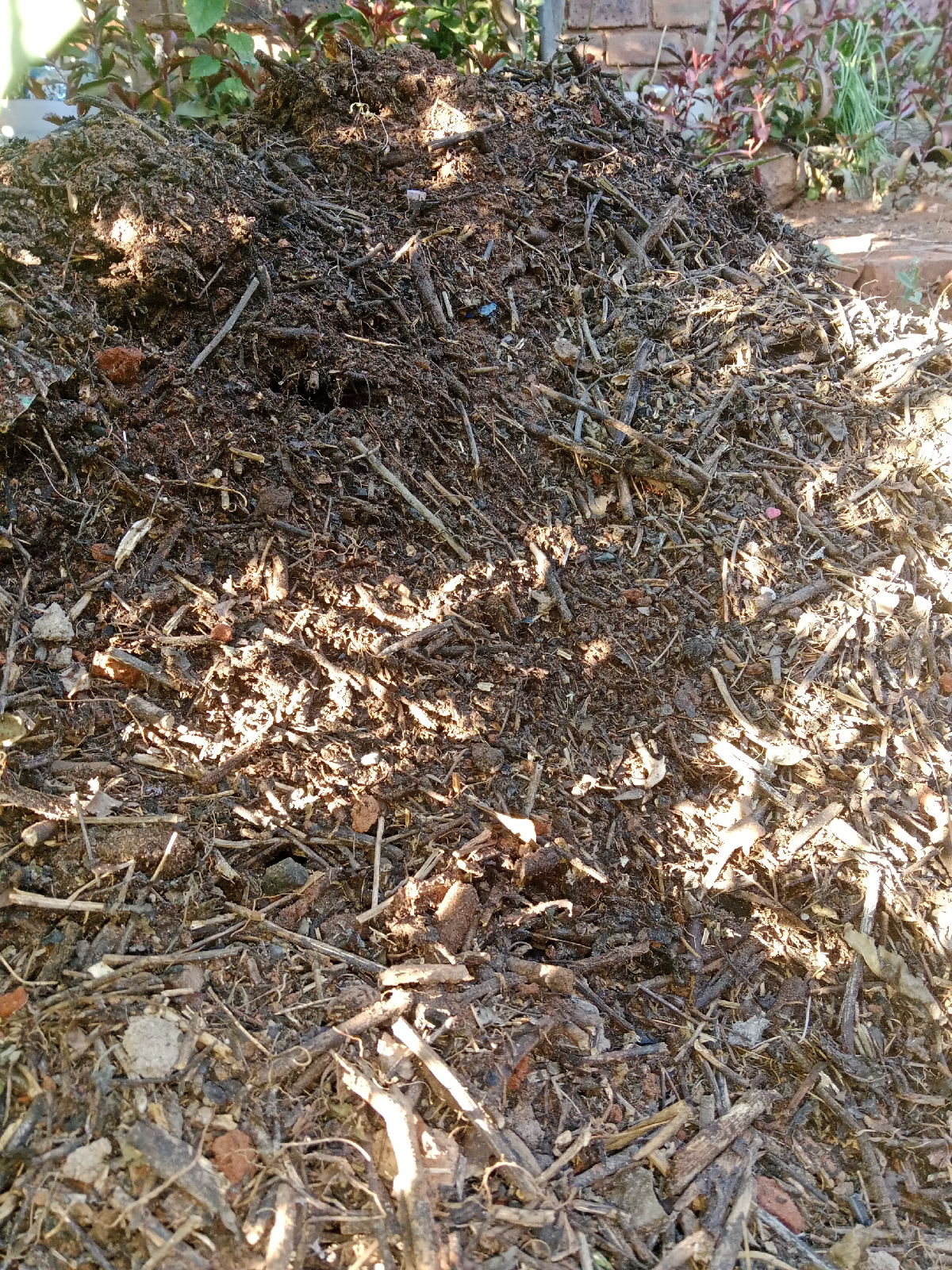The Most Bought Fruits in South Africa
South Africa is a country blessed with diverse climates, enabling the production of a wide variety of fruits. From fresh local markets to major retailers, some fruits consistently dominate the shopping baskets of South Africans. Here’s a look at the most popular fruits bought across the nation and why they remain household favorites.
1. Apples
Apples are among the top choices for South Africans. Locally grown in regions like the Western Cape, varieties such as Golden Delicious, Granny Smith, and Fuji are enjoyed for their crisp texture and sweet-tart flavor. Apples are versatile and affordable, making them perfect for snacks, desserts, and juices.
2. Bananas
Loved for their convenience and affordability, bananas are a staple in South African homes. They are a go-to snack, ideal for school lunches, and a favorite for smoothies. Their natural sweetness and nutritional value make them a hit across all age groups.
3. Oranges
Citrus fruits, particularly oranges, are another popular choice. South Africa is one of the world’s leading exporters of citrus, and locals enjoy the juiciness and refreshing taste of oranges. Rich in vitamin C, they’re especially in demand during winter to boost immunity.
4. Grapes
Grapes are highly favored for their juicy sweetness and convenience. South Africa’s grape-growing regions, such as the Hex River Valley, produce high-quality varieties, available in red, green, and black. They’re enjoyed fresh, in salads, or as part of desserts.
5. Avocados
Although technically a fruit, avocados have a special place in South African cuisine. Their creamy texture and rich flavor make them a favorite for sandwiches, salads, and spreads like guacamole. The demand for avocados spikes during harvest season, making them a must-have for many households.
6. Pineapples
Pineapples, grown mainly in KwaZulu-Natal and the Eastern Cape, are loved for their tropical sweetness. They’re a refreshing treat, ideal for hot summer days, and widely used in fruit salads, cocktails, and desserts.
7. Pears
Pears are another widely consumed fruit, appreciated for their juiciness and versatility. They are a common choice for fresh consumption or as an ingredient in baked goods and preserves.
South Africans’ love for fruits stems from their affordability, health benefits, and culinary versatility. Locally grown produce ensures freshness and supports the agricultural sector. Whether for snacking, juicing, or cooking, fruits like apples, bananas, and oranges remain staples in South African households.
Tip for Shoppers
To enjoy the freshest fruits, explore local farmers’ markets or opt for seasonal produce, ensuring you get the best flavor and value.
NB: Planting 1 of the above fruits tree, will be beneficial for your health and wealth.
Watch the space with an eagle's eye for the next article on their benefit.
.jpg)

